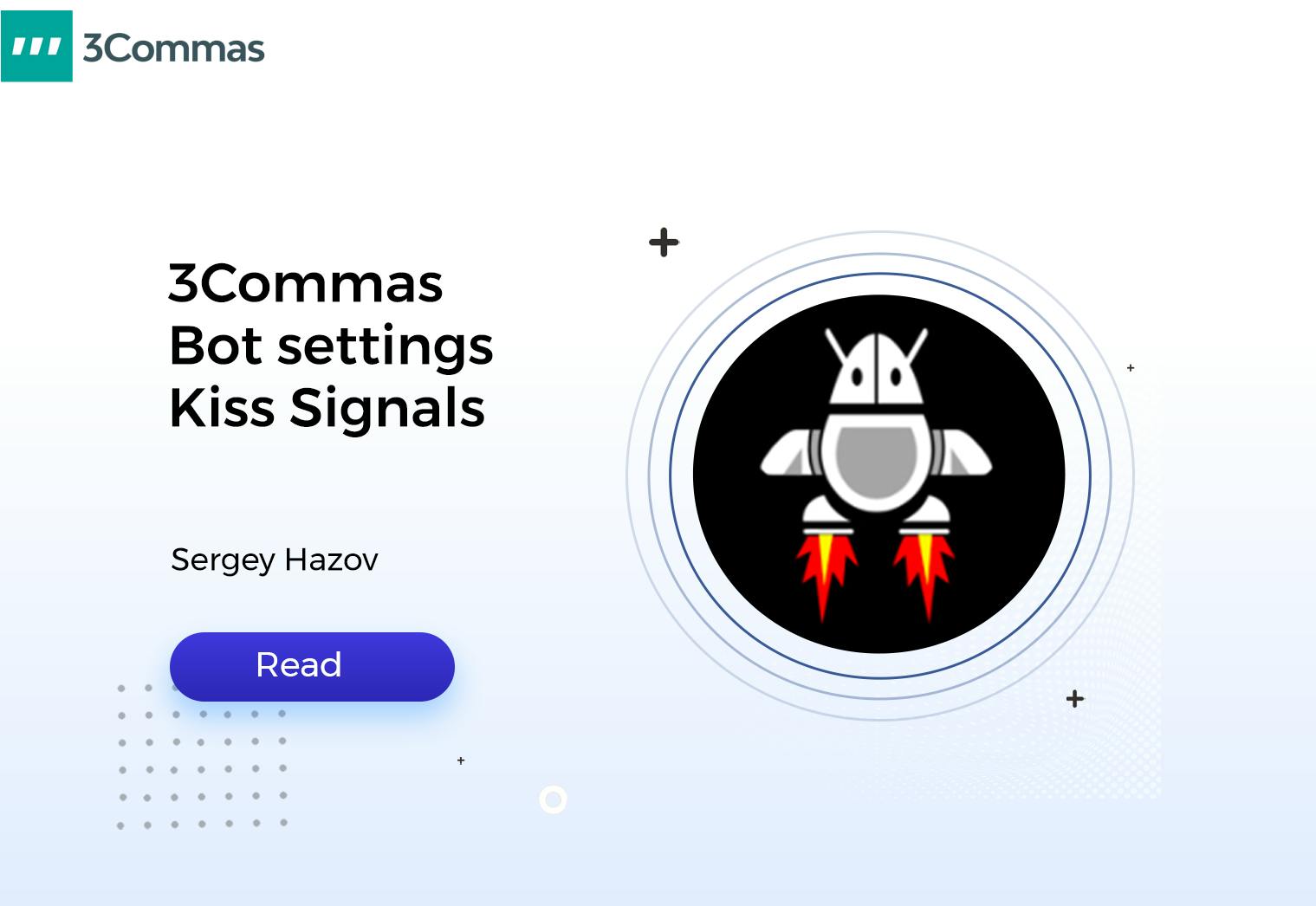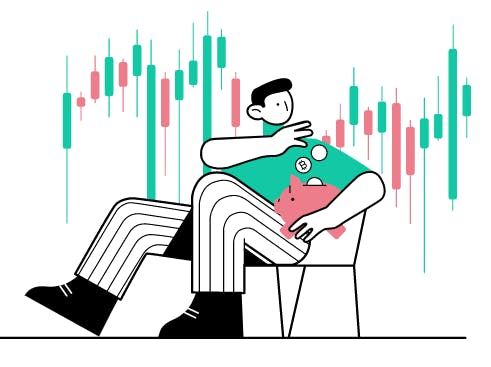
- All
- Tools
- Analytics
- Technical Analysis
- Trading
- Blockchain
- DeFi
- Guides
- Company News
- Educational
- Opinion
- Price Predictions
- Market News
- News
- Trading cases
- Practical guides
- Exchanges
- Trading signals
- Cryptocurrency
- Crypto bots
- Other
Become a crypto master
Learn everything about crypto,
trading and bots

Options 101 — A Worthy Consideration
Start Trading on 3Commas Today
Get full access to all 3Commas trading tools with free trial period

At 3Commas, we’re dedicated to providing the best trading tools to our users. As we bring more and more complex products onto our software, we want to provide a comprehensive guide on options trading for our users that don’t have comprehensive trading backgrounds. Although we love providing access to the best tools for all types of trading strategies, adding expanded product lines comes with the added responsibility of providing educational resources due to the new risks presented. We’re really excited about our upcoming options bots, so we thought it would be a great time to offer a primer on options trading!
Options v Futures
First, let’s get a common point of confusion sorted out: What’s the difference between an option and a future?
There’s two types of options: American and European Style.
American Style
An options contract gives an investor the right, but not the requirement, to buy/sell shares at a specific price at any time throughout the duration of the contract. Futures, on the other hand, are a contract that requires a buyer to purchase shares (and vice versa) on date in the future, unless the holder’s position is closed prior to contract expiration.
European Style
A European option is a version of an options contract that limits execution to its expiration date. In other words, if the underlying security such as a stock has moved in price, an investor would not be able to exercise the option early and take delivery of or sell the shares. Instead, the call or put action will only take place on the date of option maturity.
European style options are used more frequently in the cryptocurrency space (Deribit and Binance for example), however, it’s good to know the difference between the two.
Options 101
So what kind of options are there?
A call option is an offer to buy an asset at the strike price before the agreement expires. Let’s take a look at a real world example:
An investor opens a call option to buy BTC at a $50,000 strike price sometime within the next three months. The BTC is currently trading at $49,000. If BTC jumps to $60,000, the call buyer can exercise the right to buy the BTC at $50,000. That buyer can then immediately sell the BTC for $60,000 for a $10,000 additional gains per coin.
A put option is an offer to sell an asset at a specific price. Let’s take a look at a real world example:
An investor owns a put option to sell BTC at $100,000 (its current price), and if BTC’s price falls to $80,000 before the option expires, the investor will gain $20,000 per coin, minus the cost of the premium. If the price of BTC is above $100,000 at expiration, the option is worthless and the investor loses the premium paid upfront. Either the put buyer or the writer can close out their option position to lock in a positive or loss at any time before its expiration. This is accomplished by buying the option, in the case of the writer, or selling the option, in the case of the buyer. The put buyer may also choose to exercise the right to sell at the strike price.
Options: Pros and Cons
So what distinguishes when options are a better strategy than futures contracts? Here’s the aspects of options contracts that give them an advantage over futures:
Easy and inexpensive to speculate
Due to the overwhelming amount of choices that the options market affords you, there are some very cheap out-of-the-money options. While unlikely to actually pay off, they offer a very inexpensive way to make a cheap bet with huge risk-reward.
Risk Management
Most market participants can’t buy options on leverage. That means whatever price you buy your options for is the maximum loss you can experience. So long as you keep your options position sizing in check, it’s difficult to allow anyone options trade greatly affect your success.
In most cases, selling an option is a very risky bet with a small possible reward. So, selling an option is typically only good in terms of hedging your position.
Flexibility
Unlike an option, you cannot execute a futures contract before the delivery date. A vendor might deliver a commodity early at the price in their agreement, but it doesn’t happen until the specified date. This is in contrast to options contracts, which gives the holder the right to exercise the contract at any time until expiration.
Options aren’t always the most ideal trading strategy. Here’s where futures contracts are more advantageous:
Liquidity
Futures markets are some of the most liquid markets in the world, making executing trades seamless and virtually instant without slippage. On the other hand, even the most liquid options markets generally still carry a wider bid-ask spread and are difficult to unload large positions quickly without significant market impact.
Upfront Payments
In a futures contract, you don’t pay your counterparty until the settlement date. This is in contrast to the options market, where the option buyer forfeits the premium upfront.
Your broker will typically have margin requirements that affect your buying power, but this money isn’t going to your counterparty.
On the flip side, options don’t need to pay funding fees, which can stack up tremendously depending on the size of the position and the time it’s held.
No Time Decay
Futures contracts aren’t negatively affected by time decay because all futures contracts are executed at the contract price at settlement. Contrastingly, options have to meet certain criteria to be successfully exercised and as the date gets closer to expiration, they become less valuable because the market has less time to move.
Look out for our article diving deeper on this topic soon!

A proven leader, successful at establishing operational excellence and building high-performance teams with a sharp focus on value creation and customer success.





